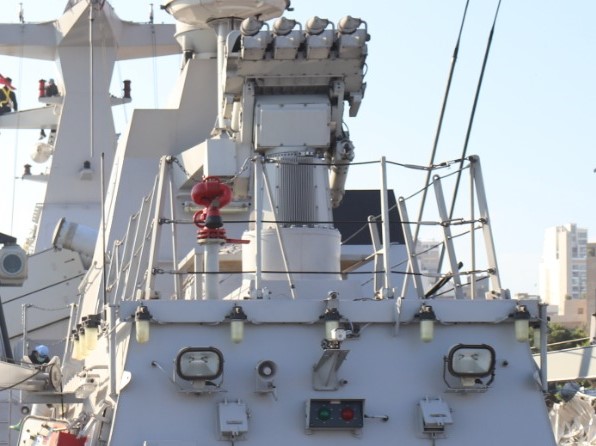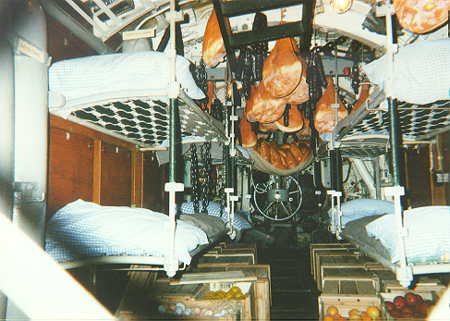What I think the requirements should be:
- min 25knots
- 30mm main gun with independent EOIR sighting, 50 cal positions
- ~40 crew
- ability to take multiple sea can mission packages
- mast high EOIR capability (similar to AOPS or JSS)
- half decent range (~5000nm)
- standard 9m multirole boat launch
- extra space for 20 pers (dive team, UXV team, boarding team etc...)
- Link 16 / IFF capability integral (not a FFNW situation)
- flexible OPS space
- improved radar so that it can detect some air targets (SCANTER 6002 as an example)
- edit: Degaussing system...
On the nice to have part:
- quiet ASW levels of noise to allow for TRAPS and mine warfare gear to better do their job
- dynamic station keeping (may be mutually exclusive from quiet...)
- flight deck for landing (not embarking ) Cyclone, operation of UAVs
I like a lot this type of exercise, please let me go a bit further...
For the
requirements, would add:
- 30 days endurance (food, supplies) min., best 40 days
- decoys such as MASS (like the CPFs) or chaff and flares.
- LRAD long range acoustic device
However, I do not agree with the speed (min. 25 knots). I understand that MCDV's 15 knots fall short. Let's increase speed a 50% to 22-23 knots (min.). Having the fast multirole boats, UAVs and possibly an helicopter, ... what do those 2-3 additional knots add (from 22-23 to 25)? Do they really make a difference for the missions now being accomplished by the Kingstons?
And here it is my gross propulsion estimates and proposal (based on a typical 2000 tons OPV):
- 2.6-2.8 MW for propulsion up to 15 knots, plus up to 1.0 MW for all the other electric requirements of the ship.
- Therefore total generation capacity a bit below 4 MW would suffice for speeds up to 15 knots.
- In order to get it quiet at low speed, would use CODELAD propulsion, COmbined Diesel-ELectric And Diesel (i.e. one 1.4 MW EM per shaft).
- for greater speeds let's add two diesel engines, 4-5 MW each (max. continuous rating). They would allow to reach either 24 knots (nearly 11 MW required only for propulsion) or 25 knots (just above 12 MW).
Nice to have: kind of cheap and simple (automatic fire control with FCR or EO system) air-defence system, like the Mistral missiles, either the naval Tetral (4 units) or Sadral (6 units) variants.
"A close-in weapon system based on Mistral is a six-missile version called Sadral, with a stabilized rapid-reload launcher that is fully automated. A CSEE developed fire control director is integrated to the launcher, consisted of TV camera and FLIR. (...) the missiles are locked onto the target before being launched. A fully loaded Sadral launcher weighs 1080 kg, and the operator console weighs 280 kg." Mistral (missile) - Wikipedia
Finally, the Belgian-Dutch MCM vessel under construction relies a lot on the
Inspector 125 boats (two of them), which, according to the link below,
"has a length of about 12 meters, a beam of about 4 meters and a full load weight of 18.1 tons."
This is what the Future Belgian & Dutch MCM Motherships will Look Like - Naval News
What solution would you prefer...
a) a stern cargo deck (similar to that on the AOPS), for up to 3 containers and a crane? In this case the Inspector boat could be carried on the flight/working deck and deployed onto the water by mean of the crane.
b) a stern ramp (similar to the Arafura class) for one 12 m (40 foot) boat?





